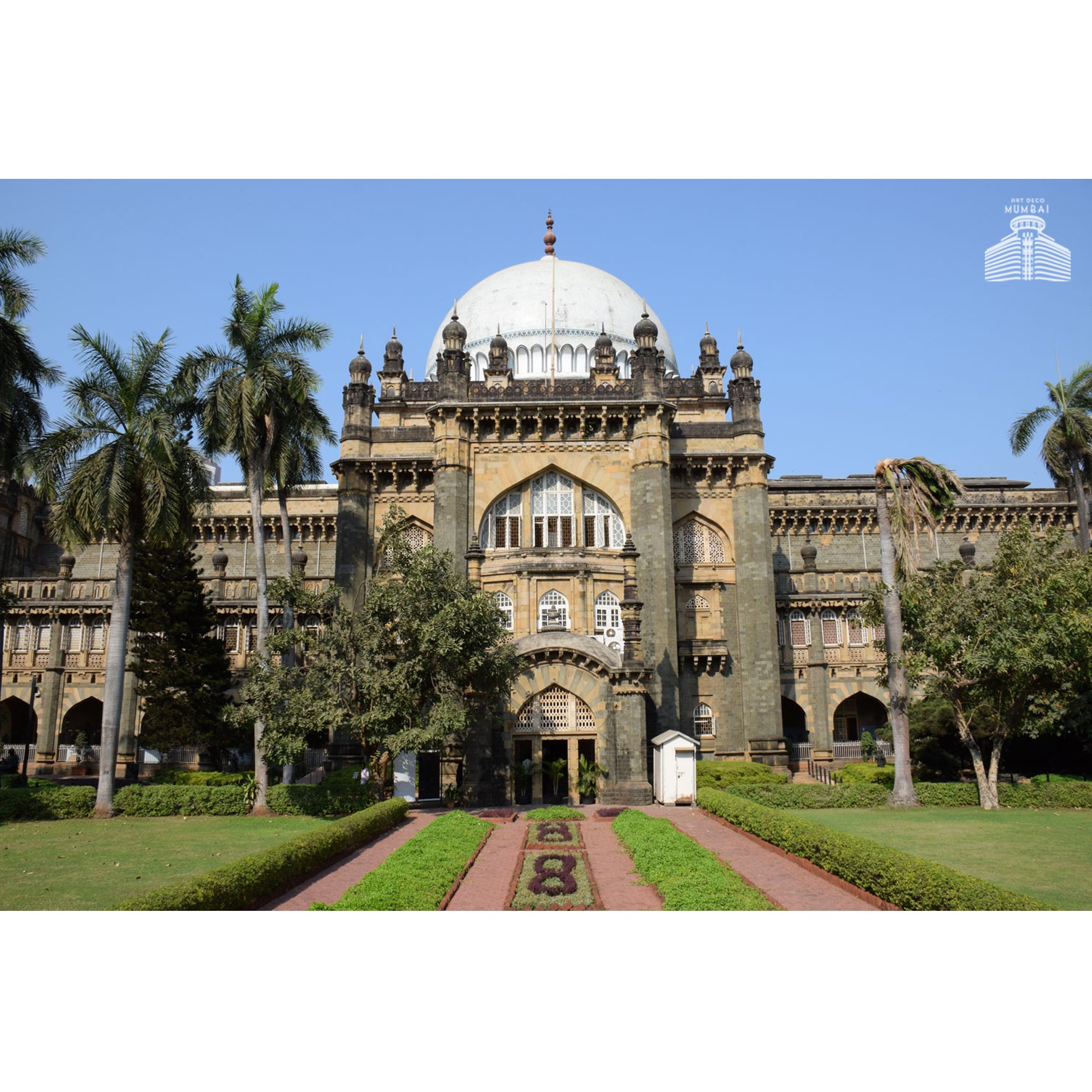)
Gunjan Veda on her book The Museum of Broken Tea Cups, and why Dalit artists' contributions to culture go unrecognised
FirstpostYou cannot invisibilise someone if you recognise their contribution. And as a society, we have always sought to invisibilise Dalits, says author Gunjan Veda Before she had decided exactly what the focus of her book was going to be, author and public policy strategist Gunjan Veda knew that its title was going to allude to Rampatars – the chipped or broken tea cups and glasses left outside upper caste houses for Dalits, since they didn’t want to ‘pollute’ their own utensils by letting Dalits use them. The book focuses on the cultural contribution of Dalit communities to Indian society, by documenting the stories of individuals and artists “who languish in the forgotten galis and mohallas of our villages and towns.” From Kuntavati Sika, the sole female Sambalpuri Ikat weaver, to musician Rekha Dewar, and from the naqqara player Gangaprasad Naqqarawadak to the Lavani dancer Kaajal, these artists are an integral part of the country’s cultural fabric. If India as a society can’t dispel its casteism and respect such practitioners as artists, is losing these ancient art forms perhaps what we deserve? The photos included in this article were originally published in The Museum of Broken Tea Cups: Postcards from India’s Margins, Copyright 2020 © Gunjan Veda.
History of this topic
A workshop and a pavakathakali recital at Natanakairali signifies a new chapter in the revival of the art form
The Hindu
Tips to make fine art, music, dance, other art forms education more interesting
Hindustan TimesDiscover Related













































